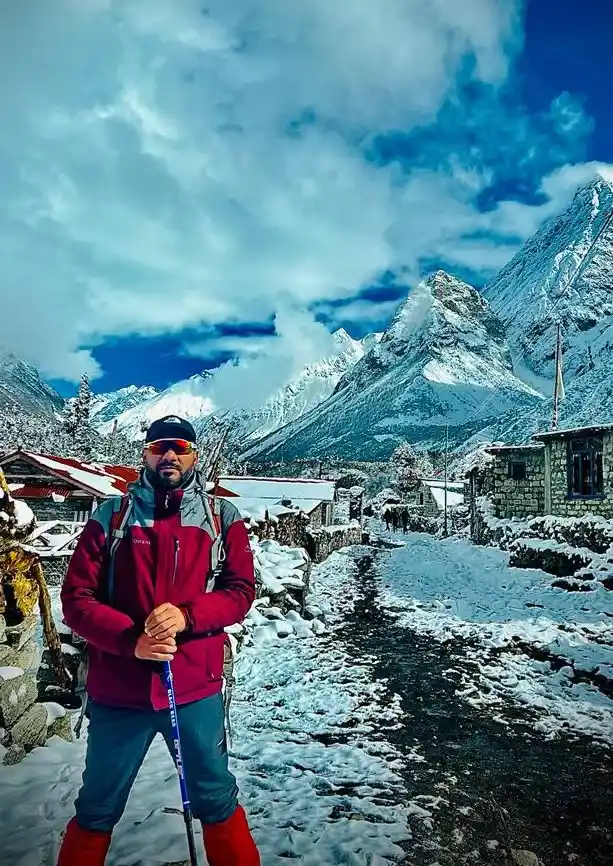Picture: Everest Base Camp Trek
Incredible Everest Short Trek
5 Days in Nepal
Learn More
We specialize in eco-friendly and down-to-earth adventures, and we are committed to protecting the areas we explore.
Our knowledgeable guides are passionate about the outdoors and will help you make the most of your time in Nepal, whether Continue reading…

Customized journeys, 24/7 availability.
Adventures with native guides, and constant accessibility.
From crafting your trip to your journey home, we’ve got you.
Time-Valued Benefits and Unbeatable Price Assurance

Your date, your itinerary, your experience

Your date, your itinerary, your experience

Your date, your itinerary, your experience
Jungle Safari
Chitwan Jungle Safari TourRafting
White Water RaftingBungee
Bungee Jump in NepalParagliding
Paragliding in NepalGo to Link12 Days Everest Base Camp Trek Itinerary and Cost For 2024
Tuesday, 2nd Apr 2024 - Saturday, 13th, Apr, 2024
Go to Link12 Days Everest Base Camp Trek Itinerary and Cost For 2024
Thursday, 2nd May 2024 - Monday, 13th, May, 2024
Go to Link12 Days Everest Base Camp Trek Itinerary and Cost For 2024
Sunday, 5th May 2024 - Thursday, 16th, May, 2024
Go to LinkClassical Annapurna Circuit Trek 11 Days
Tuesday, 26th Mar 2024 - Friday, 5th, Apr, 2024
Go to LinkThrilling Everest Three Pass Trek
Saturday, 6th Apr 2024 - Monday, 22nd, Apr, 2024
Go to Link12 Days Everest Base Camp Trek Itinerary and Cost For 2024
Tuesday, 5th Nov 2024 - Saturday, 16th, Nov, 2024
Places of attractions, travel tips, news and more.

We will provide you with a last-minute booking for the Everest base camp trek a 12-day itinerary. Even more, we have experienced guide porters and…

Earning the label and maintaining the reputation for almost half a century as the world’s most celebrated trek, the Annapurna Circuit Trek has made the…

Overview Annapurna Base Camp is a popular trekking destination that takes you to the foothills of the eight-thousander. Similar to treks like the Everest Base…